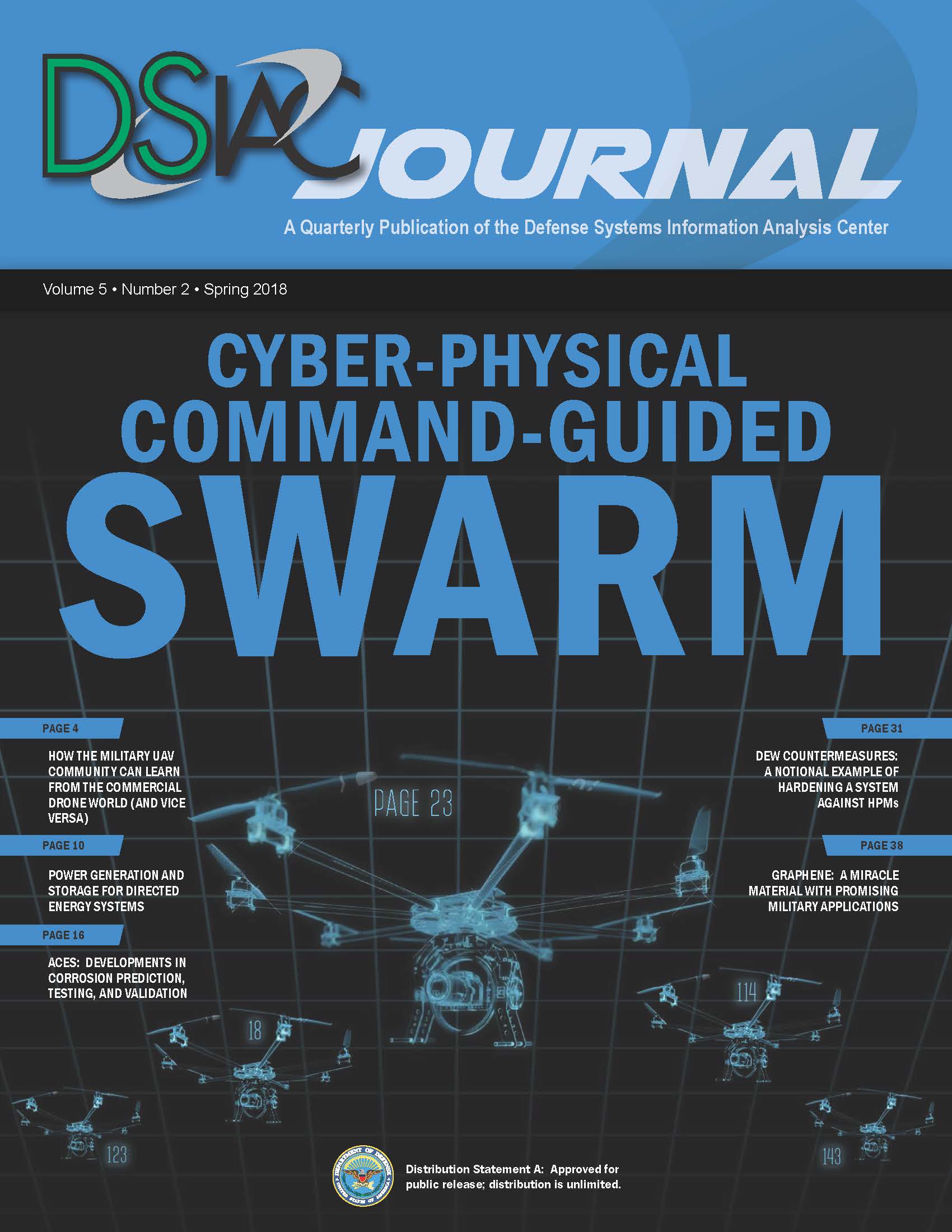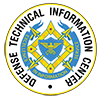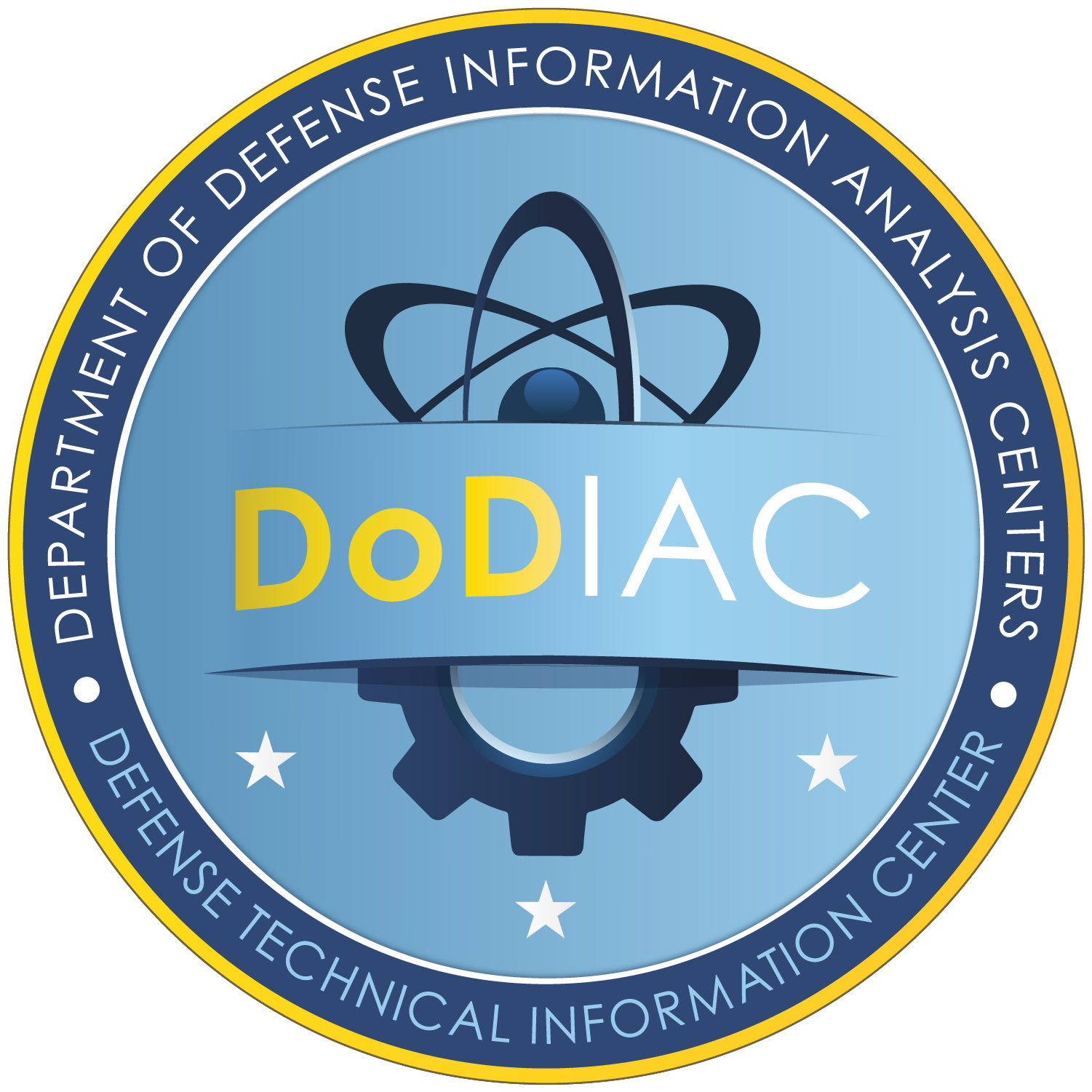an email newsletter released every month highlighting the latest articles, events, technical inquires, and voices from the community
Spring 2018: Volume 5 Number 2

Spring 2018: Volume 5 Number 2
Published: June 1, 2018
In concert with ongoing continuous improvement efforts, DSIAC has recently refined our purpose, mission, and vision statements to more concisely convey the benefits of our offered services and products to the defense systems community. As a result, I am excited to share these newly unveiled statements with you.
- Purpose: The purpose of DSIAC is to provide information research and analysis for Department of Defense (DoD) and federal government users to stimulate innovation, foster collaboration, and eliminate redundancy.
- Mission: The mission of DSIAC is to generate, collect, analyze, synthesize, and disseminate scientific and technical information (STI) to DoD and federal government users and industry contractors.
- Vision: DSIAC will be the premier information research partner and curator of technology advancements and trends for the defense systems community.
Complementing our vision statement, we established the following subtitle for DSIAC to help reinforce who we are—a “DoD Information Research Partner.” With our raison d’etre defined, we generated some enhancements to optimize our services and products to achieve our vision.
For example, we have recently renovated our biweekly Defense System Digest to better highlight DSIAC activities in addition to sharing relevant news and events. We have also established a Notable Technical Inquiries webpage to provide a flavor of the types of efforts we conduct under our 4 free hours of research. In addition, we maintain a regularly updated list of Newly Available STI that has been uploaded to the Defense Technical Information Center (DTIC).
We have also established a Notable Technical Inquiries webpage to provide a flavor of the types of efforts we conduct under our 4 free hours of research.
Even the DSIAC Journal is being improved by the addition of Technology Spotlight articles—which has resulted, in part, from the overflow of article submissions we receive and sort through each quarter—and, most importantly, the continued emphasis on featuring articles authored by civilian, contractor, and/or academia in support of DoD laboratory efforts. This spring issue presents articles from subject-matter experts at the Naval Surface Warfare Center, Crane Division; the Air Force Research Laboratory; the University of Texas, Dallas; Purdue University; the Office of Naval Research; the Army Tank Automotive Research, Development and Engineering Center; GCAS Incorporated; Grant Drone Solutions; and DSIAC.
I hope that you enjoy this season’s DSIAC Journal, and please stay connected to DSIAC as we work to implement additional advancements to maintain and enhance our value as the premier information research partner for defense systems.

